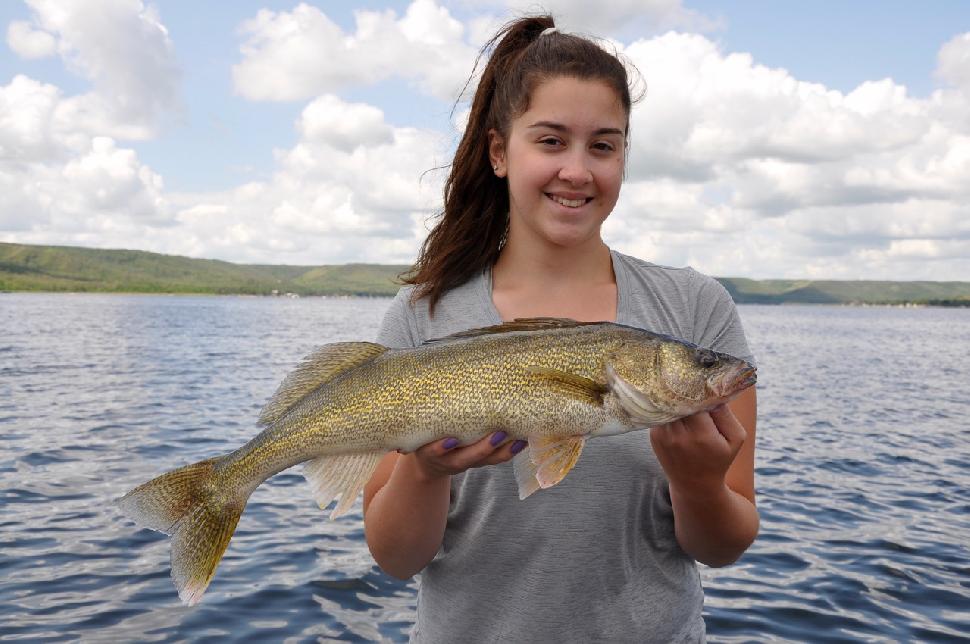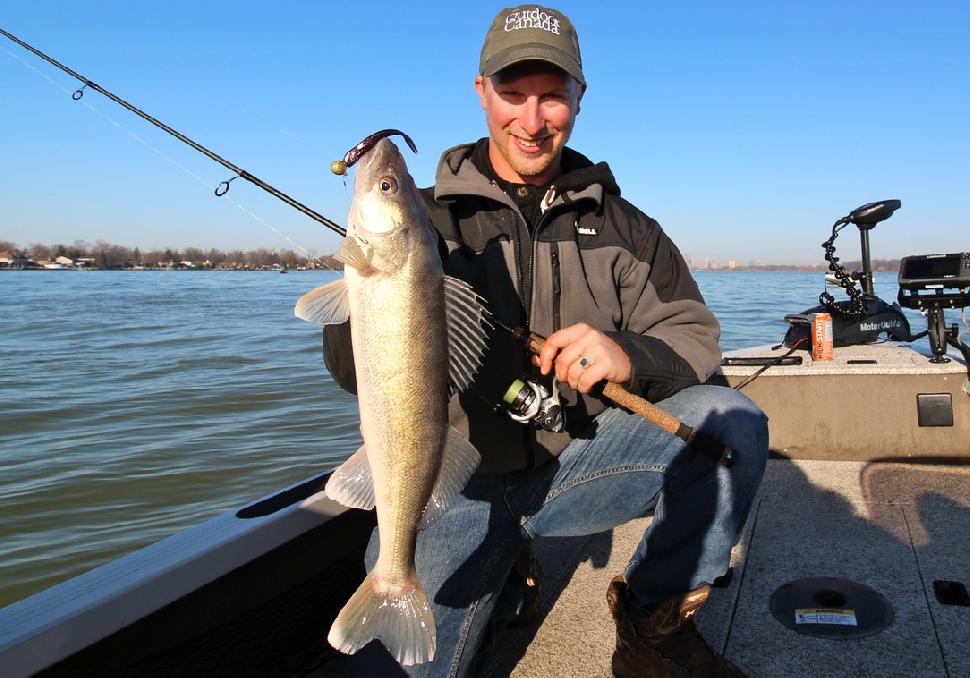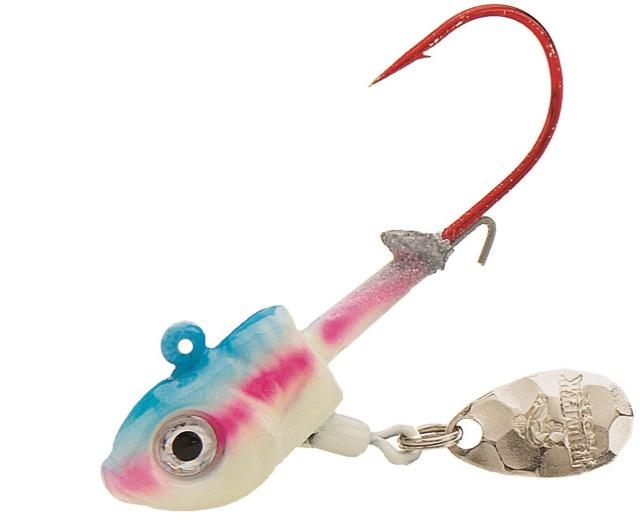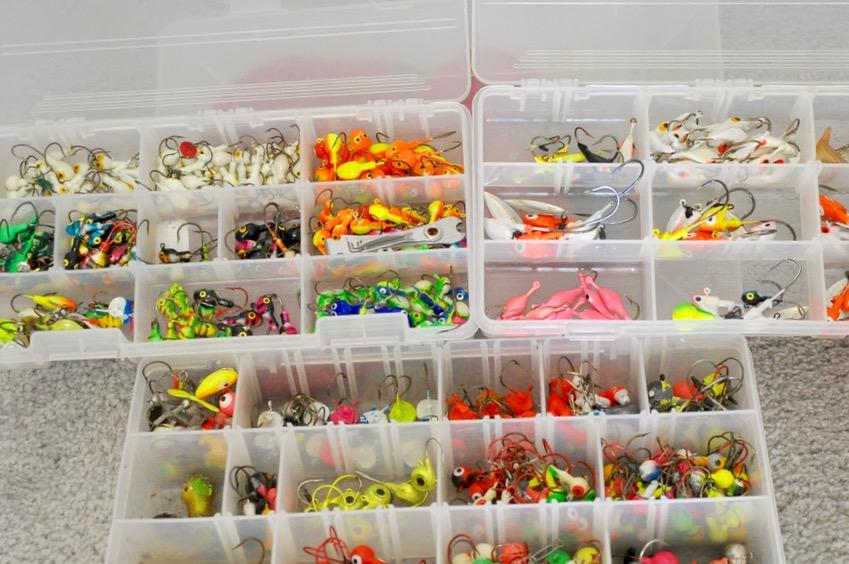THE JIG PICTURE
Jigging success depends on picking the proper presentation—and jig style
Advertisement

#7 ATTRACTOR JIG
Many jig-head styles are also available with an attractor, such as a rattle, propeller or blade. This additional hardware creates more flash, action and vibration on both the drop and the retrieve, making the attractor jig well suited to fishing in stained water or targeting aggressive fish. I’ve also found that the attractor jig (below) will often even trigger a reactionary bite in neutral fish.
Advertisement
Store-bought attractor jigs are available, as are blades you can attach to the eyelet of your existing jigs. You can also make your own attractor jigs with a couple of small split rings, a tiny swivel and a small Colorado or willowleaf spinner blade. Again, don’t be afraid to experiment—and be sure to have fun.
Bonus tip: Jig juggling
Along with choosing a jig-head style for the presentation at hand, you also need to decide on the appropriate weight and shank length. Here are the factors to consider.
Advertisement
Weight
Wind, current and your trolling or retrieve speed should all be taken into account when choosing a jig size. As a rough guideline, when vertical jigging with no wind or current, use 1/16- to 1/8-ounce jigs in depths of 10 feet or less; 1/8- to ¼-ounce jigs in 10 to 20 feet; and ¼- to ¾-ounce jigs in 20 to 30 feet. As wind, current or your trolling or retrieve speed increases, however, you’ll need to opt for a larger jig to get down into the strike zone.
Advertisement
Shank length
Short-shanked jigs work great when fishing with nose-hooked minnows. With only a small portion of the bait attached directly to the hook, the minnow can move freely and naturally when the jig is dropping or dragged on bottom. Short shanks also work well with live bait because there isn’t enough shank for the bait to get easily tangled on.
When walleye are biting short, on the other hand, use a long-shanked jig to either thread more of a minnow’s body onto the jig or to double-hook a minnow. Both methods help increase hooksets, since the business end of the hook ends up closer to the fish’s mouth. The presentation won’t have as much action as the same bait on a short-shanked jig, however. And when using live bait—especially nightcrawlers—on long-shanked jigs, the bait is more likely to get tangled.
The jig is up for walleye when they encounter Saskatchewan contributor Mike Hungle.



